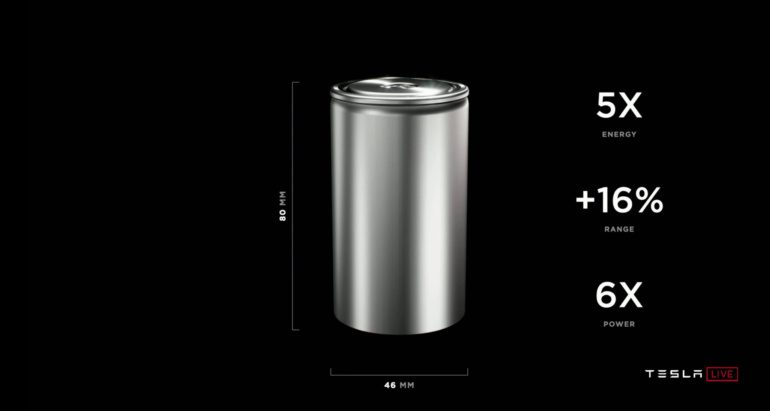
New Tesla batteries with cells immersed in coolant? Similar experiments have already been carried out
In one of Tesla's patent applications, a picture emerges that is much clearer in light of recent reports. This shows that the new cells will sink freely into the coolant. Without using additional hoses and tubes as it is today.
Liquid-immersed cells - the future of battery cooling?
We first heard of a vehicle battery with cells immersed in a non-conductive liquid, probably at the Taiwan Miss R. Not much happened after the bold announcements, but the idea seemed so interesting that we were surprised at its absence. similar implementations in other companies.
> Miss R: a lot of talk and a "Tesla record" plus an interesting battery
For several days now, we have known what could be a lithium-ion battery or a Tesla supercapacitor being developed as part of the Roadrunner project. This cylinder is much thicker than the previous 18650 and 21700 (2170) links. In the context of its appearance - the photo in the lower right corner - it is worth taking a look at an illustration from one of Tesla's patent applications:

The illustrations show that Elon Musk's company is trying to create a container with cells (= batteries) in which the coolant will be compressed on one side and collected on the other. The diagram does not show the hoses or tapes that make up Tesla's active battery cooling system today:

There are already fluids that do not conduct electricity but can absorb heat (eg 3M Novec). Their use may not increase the energy density at the level of the battery as a whole - instead of small metal strips, we will have a lot of extra liquid - but it can reduce the need for electricity. Pumping liquids through sealed pipes requires a lot of power.
Coolant flowing through a large pipe and freely flushing the cells could absorb heat just as efficiently or more efficiently, and at the same time, efficient pumps would not be required. This would result in lower power consumption of the system and could lead to increased range per charge and, importantly, higher charging power.
> Silicon cathodes stabilize Li-S cells. Result: more than 2 charging cycles instead of several dozen.
This may interest you: